
Classical Wines, Spanish Wine Pioneers
Feb 03, 2020
by Michael Welch, Fine Wine Specialist
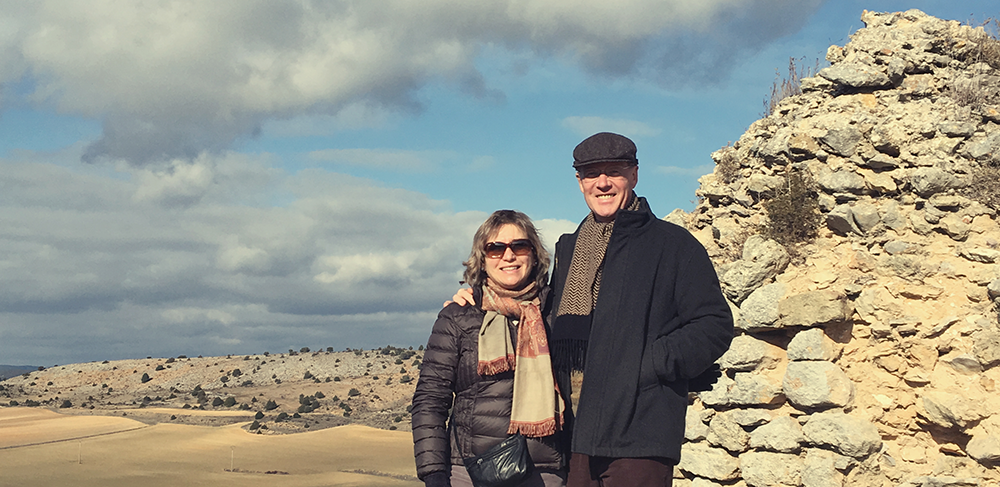
Classical Wines’ co-founder Steve Metzler first imagined selling quality Spanish wines in the US back in the late 1970s. But it wasn’t until 1984 that he and Almudena de Llaguno, his Madrid-born Spanish wife and partner in crime, founded Classical Wines and first began selling their wares up and down the streets of Seattle, WA where (in almost every case) the couple was forced to educate their potential customers before they could present wines to them.
Since those intrepid early days, Classical Wines has become a reference point for premium Spanish wines. Steve and Almudena, not surprisingly, look with pride on the work they’ve done bringing attention to Spain’s emerging wine regions and key producers. Today they can look back proudly on 30+ years of fruitful discovery. It’s no coincidence that Steve and Almudena were singled out by eminent wine educator Kevin Zraly in his seminal book Windows on the World as a prime supplier of fine Spanish wines.
In Steve’s words, “For us, it is the uniqueness of the Spanish soils and climate, along with its traditions, that provide unique contributions to the international palate of fine wines.” Here are four examples of what he means, starting with Steve’s personal passion: fine Sherry.
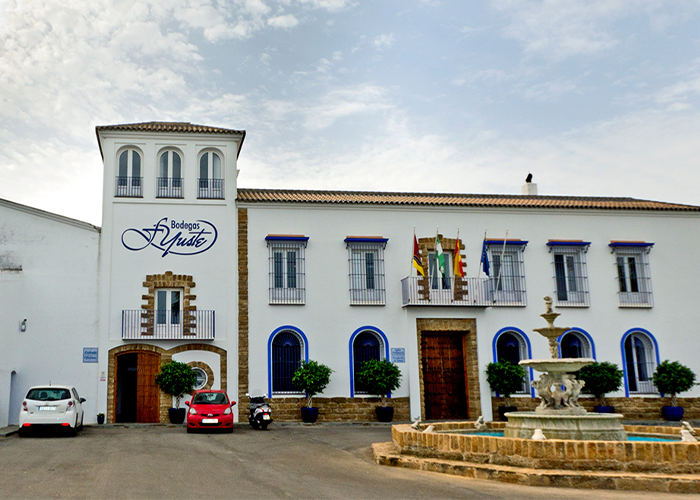
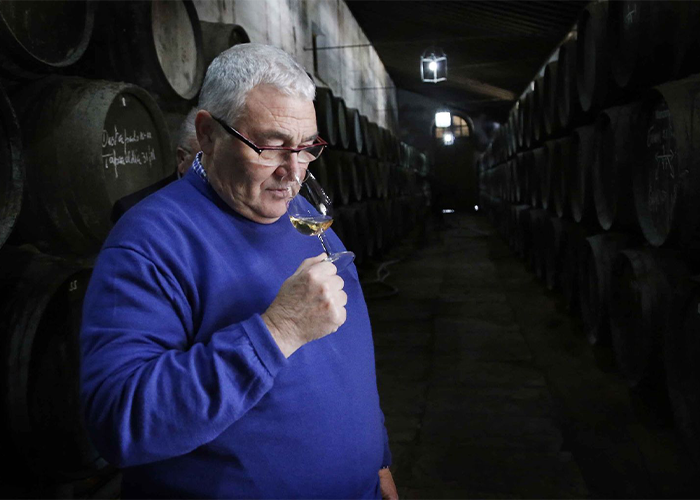
Bodegas Yuste
Bodegas Yuste was founded in Andalucía by Sanlúcar de Barrameda native Francisco “Paco” Yuste, a successful beverage distributor. In 1991 Paco Yuste purchased and renovated the historic Bodega Santa Ana in Sanlúcar’s coveted Barrio Bajo. For many years, Bajo was a hub for quality Sherry production. Included in the sale was a 100-year-old Manzanilla solera. Not long afterward in 1998, Yuste added a venerable bodega named Viña La Alamedilla to his collection. This renowned facility brought with it Pago Carrascal, a superior 46-hectare sherry vineyard in Jerez de la Frontera. With these twin acquisitions, Paco Yuste became an almacenista (broker of wine). Almacenistas are at the heart of things in Sherry country.
In 2001 Yuste added to his holdings a third time with the purchase of another famous Bodega, Los Ángeles, in the important Barrio Alto. Then in 2010, he expanded further by purchasing Bodega Miraflores, an equally famous and highly regarded producer, also no longer interested in continuing in what is overall a shrinking trade.
With these assets in tow, Paco Yuste boldly entered the world of Sherry production. Maybe it was a counter-intuitive move but essentially, he made a natural progression from broker to producer. Resurrecting the classic “Aurora” image of a beautiful “senorita” from history who became a popular Sherry advertising figure, ignited pleasant associations with days gone by and enabled Yuste to enter the market in an attention-getting way. Aurora’s image is a bridge to Spain’s “golden age” of Sherry production and one that resonates effectively with curious consumers and dedicated Sherry aficionados alike.
By the way, Yuste Sherries are the bomb.
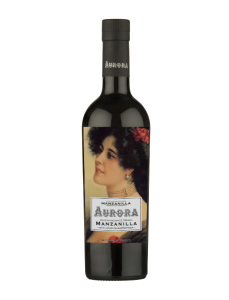
Iconic Manzanilla named for the widow Aurora Ambrosse Lacave, pioneering female sherry executive of the early 20th century. Yuste has skillfully integrated the 19th-C. solera with his own to produce a complex, rounded and saline Manzanilla averaging 8 years of age, preserving an interplay of seaside freshness with a full mid-palate.
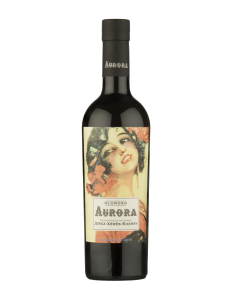
“Offers a relatively open-knit feel, with notes of singed orange peel, date and toasted sesame mixed together, backed by a dried-walnut thread on the finish. Drink now.” – 90pts Wine Spectator
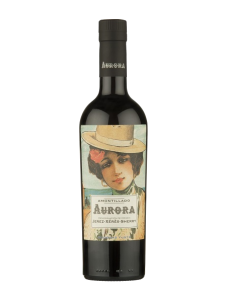
“At first sip, this feels buttery, with aromas of toasted nuts and sweet spices. Little by little, the flavors head toward a drier place, the wine becoming less aromatic with air, but more structured. It ends up feeling austere, vertical, powerful, the sort of Sherry to drink with sea urchins.” – 92pts Wine & Spirits Magazine
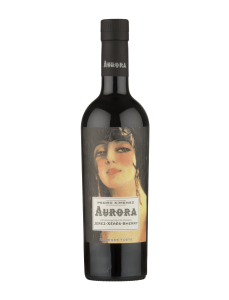
“Warmed date, toffee and buckwheat flavors glide along on a viscous, caressing texture, ending with ginger and Christmas pudding notes. Has good freshness in addition to the bass line. Drink now.” – 91pts Wine Spectator
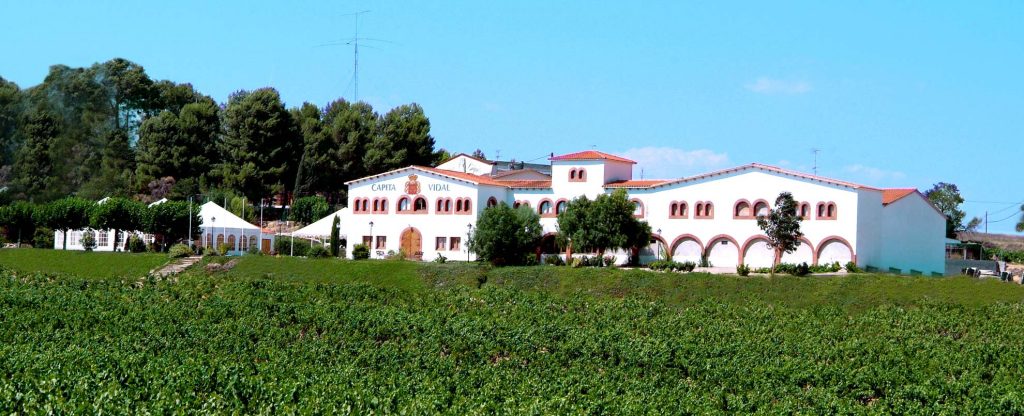
Mont Marçal
Successful Cava producer, Mont Marçal was founded in 1975 by Catalonian music impresario Manuel Sancho who spent most of the next 40 years painstakingly developing the estate into one of Spain’s foremost producers of Cava. When time ran out for Señor Sanchez, the winery was purchased by a motivated new owner whose dedication to producing quality Cava continues unabated. Originally a 14th-century farmhouse and then a 19th-century convent located on a prominent chalky knoll five miles south of Vilafranca del Penedès, Mont Marçal is now a state-of-the-art facility and one of Spain’s very best Cava producers.
The estate’s intrinsic vineyard quality and careful handling of the grapes they produce allows Mont Marçal’s Cavas to obtain a natural richness that renders the final wines in little need of a final dosage. This is highly unusual in sparkling wine production, but Mont Marçal starts with higher proof base wines that retain alcohol through processing and hence do not require enriching afterward.
Mont Marçal Brut Reserva is produced from the three primary Cava grapes, Parellada, Macabeo and Xarel-lo (all are indigenous and white) blended with outsider grape Chardonnay. Aged for a minimum of 24 months, it’s disgorged only when ordered for shipment and therefore always remarkably fresh and clean. Mont Marçal Rosado features the obscure but personality-plus local Catalonian grape Trepat and features a distinctive strawberry and peach compote character. Mont Marçal’s lineup is topped off by Extremarium, a reserve style wine aged for 20 months, that boasts a panoply of elegant and delicate fruit tones in a taut but generous frame. It’s often described as a sparkling wine as good as many Champagnes costing twice or three times its price.

Produced from Xarel-lo, Macabeo, & Chardonnay grapes in a classically dry style. Finely beaded texture with doughy complexity and excellent fruit on the dry finish. Zesty aromas of citrus and ripe yellow fruit -like a gently spiced pear set in pastry.

Traditional method sparkler from Trepat, Pinot Noir & Garnacha. In the glass, it is a delicate blush color with a subtle nose of strawberries, peach skin, and watermelon rind. In the mouth, the fruit is luscious with gracefully textured bubbles on the dry finish and an echo of red fruit.

“With notes of green tea and soft touches of mint, this wine’s firm bubbles sustain its flavors of citrus and herbs. The acidity runs deep into a spicy finish. For broiled tilapia.” – 90pts Wine & Spirits Magazine
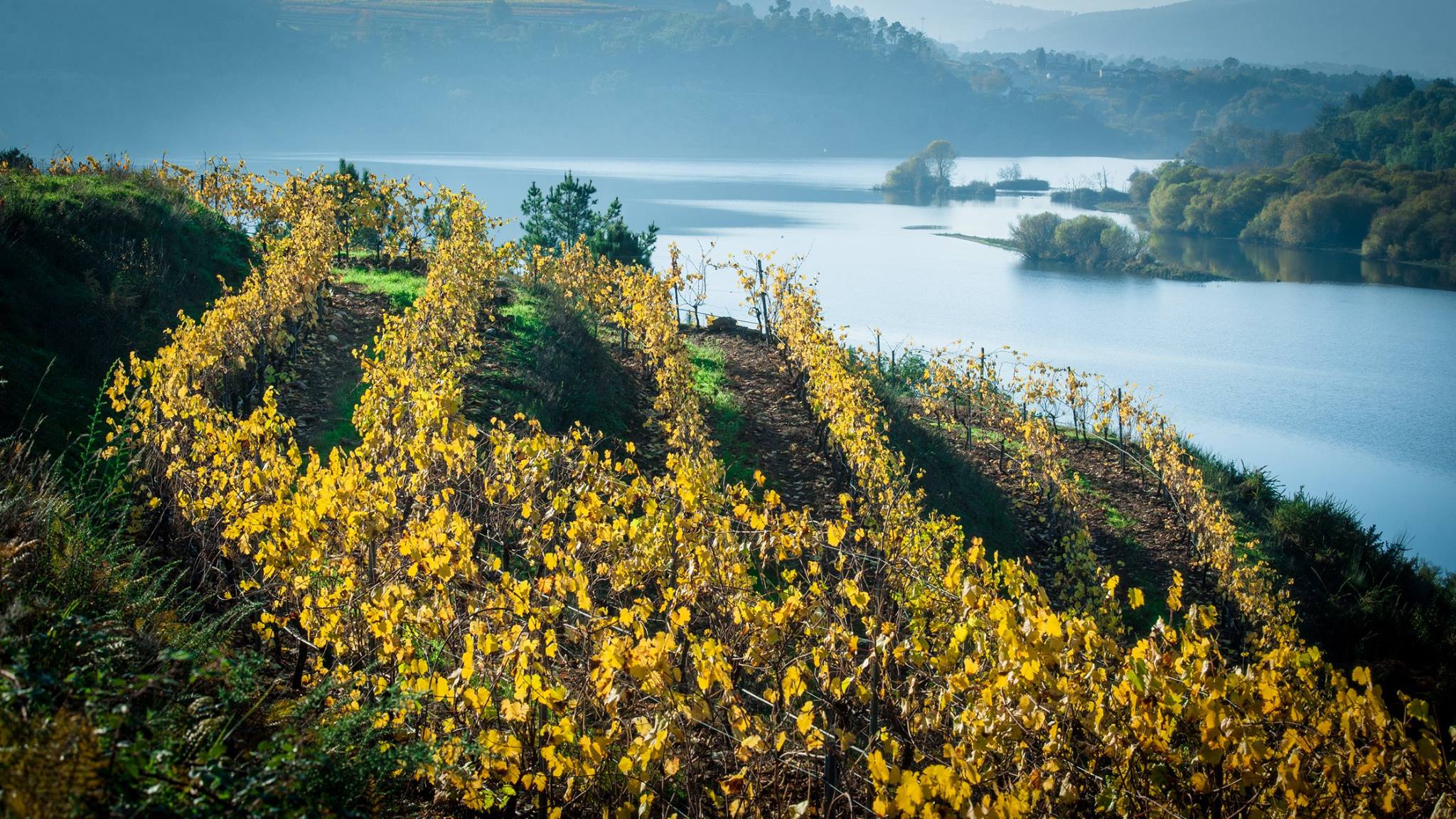
Adegas Morgadío
Morgadío, located in the inland sub-district Condado do Tea, on the north bank of the Miño River that flows between Portugal and Spain, is the eastern-most estate in the coastal D.O. Rías Baixas where it shares an exposition remarkably similar to Germany’s Rheingau. Originally consolidated from multiple owners, planting began at Morgadío in the early 1990s. Over the years, the initial vineyards were gradually expanded to the estate’s current 148 acres.
Albariño’s emergence as one of the wine world’s noble white varieties is due in large part to work done at this property from the mid-’80s to mid-’90s. Many consider the Mendez family, Morgadío’s owner/founders, as primary architects of Rías Baixas’s only inland sub-region, Condado do Tea. The Rías Baixas DO was established in 1988 as part of a movement to recuperate neglected Spanish wine regions and assure the authenticity of the wines produced there. Taking advantage of a warmer, inland microclimate enabled Morgadío’s owners to focus on producing a fuller style of Albariño with less intense acidity and a rounder overall palate impression. In a significant way, Morgadío set the standard for this style of fleshier Albariño.

Intense and elegant with tropical fruit and kiwi complementing granitic minerality. Made from free-run juice, a well structured, dry Albariño with a long finish.

A full-bodied, serious, dry Albariño similar to its sibling Morgadío incorporating wines made from the first pressing in a comparatively softer and more floral style.

Familia Montaña
The Montaña family is one of Rioja’s oldest pioneering wine producers, in contrast to Classical Wines, which is one of the new world’s youngest wine importers. Recently, the two forged a partnership in an effort to re-launch a historical Rioja brand. Montaña Rioja is that wine and to insiders, it’s a name that connects to a trifecta: a great legacy, a superior site and a venerable, local family.
Oscar Montaña traces his heritage to the origins of Rioja’s wine industry. In the late 19th century, Montaña family patriarch Román Montaña started the dynasty when he consolidated various vineyard sites into one great estate that evolved over the next few decades into one of Rioja’s grand marques with a reputation for producing top-quality wines.
The estate’s aging facilities, located underground in Haro in an old castle cellar, lend an eerie aspect to a visit to Montaña. The Montaña family retains portions of these impressive cellars to this day. Román’s charming and charismatic grandson, Oscar Montaña, currently directs the operation that now blankets over 270 acres of prime sites in the preferred Rioja Alta and Alavesa districts.
To top it all off, we currently feature the following Familia Montaña wines for, get this…all within the $9-12 range!

“Ripe berry and cassis aromas come with a hint of pine or spruce. A fleshy palate shows girth balanced by acidity, while this Crianza tastes of black plum and raspberry. On a texturally nice finish, this tastes mostly of spice and chocolate.” – 91pts Wine Enthusiast

Aged 18 months in French and American oak barriques, a higher percentage of wine from Rioja Alavesa, provides more body, weight and red fruit character to the nose and finish. A ripe yet elegant wine with extended aging potential that is balanced and enjoyable in youth.
